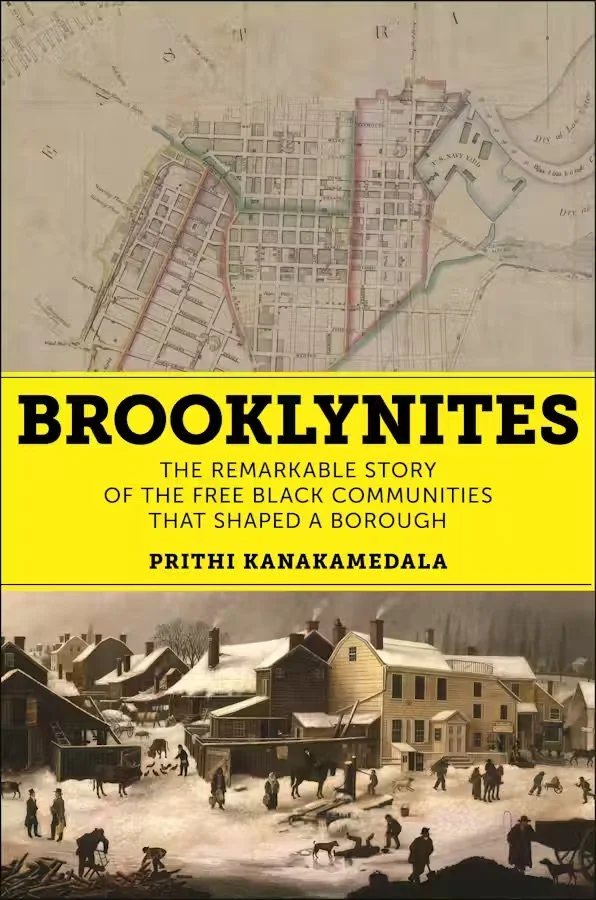Gotham
Christopher Bell: Walking East Harlem
Interviewed by Rob Snyder
In Walking East Harlem: A Neighborhood Experience, published by Rutgers University Press, historian Christopher Bell introduces readers and walkers to places and people. Organized around three tours, Walking East Harlem takes in churches, mosques, and synagogues; old theaters and new murals; the homes of artists and activists; and the recent pressures of gentrification.
Read More“this city gets in one’s blood stream with the invisibility of a lover”: City-Making as Queer Resistance in New York, 1950-2020
By Davy Knittle
Despite the importance of urban systems to how Lorde characterizes power and inequality, she is not thought of as an urbanist writer. But what becomes possible when we think of Lorde as such is a new approach to telling the familiar history of spatial and political change after urban renewal. As with many queer and trans writers active from the early moments of urban renewal to the beginning of the COVID-19 pandemic in 2020, Lorde uses city-making tools to provide new ways of relating to the city. Importantly, these queer and trans urbanist writers — from the New York School poet James Schuyler to the contemporary trans novelist Zeyn Joukhadar — propose uses, designs, plans, and policies for urban spaces and environments that are focused on facilitating the survival of marginalized people. […] Their work makes evident how, after urban renewal, a cultural imaginary of the single-family home came to define heteronormativity as a relationship to housing as well as to race, gender, and sexuality. It becomes necessary, then, to account for how built environments and normative ideas of race, gender, and sexuality in the U.S. have been co-constituted since the end of World War II in order to more fully tell both queer and trans history and the history of urban redevelopment in New York City.
Read MoreHow Greenwich Village Became America’s Bohemia
By Hugh Ryan
These women’s prisons believed there were only three legitimate jobs a woman could have: wife, maid, or nursemaid. For any of those jobs, a woman needed to be properly feminine (in the eyes of white Victorians). Any woman deemed not feminine enough (too masculine, too sexual, too willful, too Black, etc.) would inevitably end up unmarried and out of work, at which point she would become a prostitute. For this reason, reformers spent the late 1800s and the early 1900s developing a system of “women’s justice” that targeted women at younger ages and for smaller offenses, in order to get them into prisons where they would be forcibly feminized. As the annual report of the first women’s prison in America put it in 1875, their job was “to take these [women] and so remold, reconstruct and train them, as to be fitted to occupy the position assigned them by God, viz., wives, mothers, and educators of children” — a sentiment not far off from that expressed in a report on prostitution and the Women’s Court put together for Mayor LaGuardia in 1934, which stated that the best way to reform arrested women was “wholesome marriage and the responsibility for children.”
Read MoreThe Power Keys
Exhibition Review, “Robert Caro’s the Power Broker at 50” and “‘Turn Every Page’: Inside the Robert A. Caro Archive,” New-York Historical Society.










